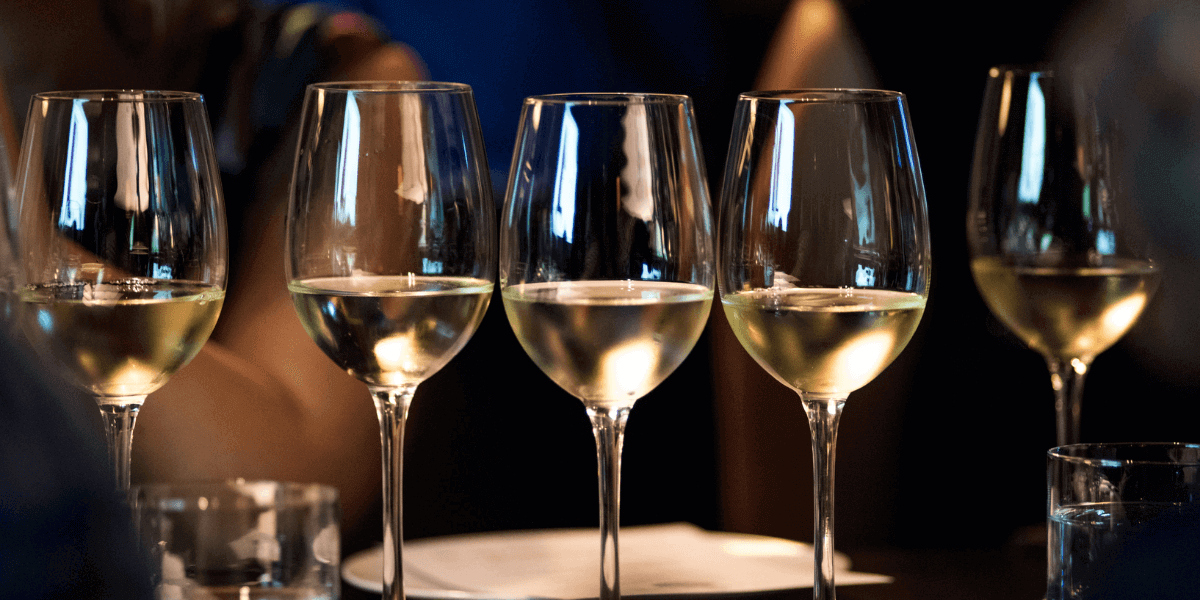By Wines of Germany USA
German Riesling has long been among the world’s most celebrated and sought after wines, and for good reason. While Riesling has been grown in Germany for centuries, the first known appearance of the name in writing is in a March 13, 1435 cellar log of Count Katzenelnbogen, found near Germany’s Rheingau region. As such, Wines of Germany has designated March 13 as Riesling’s official birthday. This year, the date marks 586 years since the first documented evidence of the Riesling grape.
Here are three reasons why German Riesling has earned international acclaim:
Diversity of Styles
One of the most versatile and terroir-expressive grapes, Riesling can express a range of styles, from bone dry to off-dry to lusciously sweet. Not only is Riesling used for still wine production, but also for German Sekt – the delicious bubbly that we all know and love! The inherent acidity and minerality of Riesling grapes yield sparkling wines with bubbly balance, and there is a Riesling to delight every palate and fit any preference.
Unparalleled Food-Pairing Affinity
Light to medium-bodied with electric acidity and aromas reminiscent of apple, peach, and apricot, Riesling wines complement a number of different dishes. Riesling wines transcend international borders, pairing well with cuisines from all over the globe. Riesling and sushi? Yes. Riesling and curry? Certainly. Riesling Sekt and Fried Chicken? Of course! Riesling and Ramen? A must-try when a cold front is in town.
Impressive Aging Potential
Riesling’s naturally low pH and consequent high acidity enable it to be a great candidate for aging. When Riesling grapes are picked after a longer ripening period, their higher sugar content and minerality award even greater aging potential to sweet Riesling wines, often labeled with terms Auslese or Spätlese. It is no surprise that the town hall of Bremen, Germany stores Riesling wines dating back the 1653 vintage!







